From Mactan, I took another multi-cab to the main island of Cebu. The multi-cab passed through one of two massive bridges connecting Mactan Island to Cebu. There is an amazing view of the city of Cebu to be seen from the bridge, but I couldn’t get off the multi-cab at that point. It did notice that there were a lot of people crossing the bridge on foot, so it is possible to walk across the channel.
I wanted to visit a viewpoint in Cebu known as the Tops, but had no idea how to get there. I asked a policeman how to get there. Happily enough, he was extremely helpful and he immediately shared his knowledge on how to get there. He told me that I could take multi-cabs to somewhere near the place and then a motorcycle taxi called a habal-habal to the top. However, he wasn’t recommending to visit the place since I was all alone. Not that it was unsafe there, but rather I might get conned and be left at the viewpoint without a way to get back down.
The policeman instead recommended that I visit the Taoist Temple which is more accessible. I needed to take a multi-cab to the town of Mabolo which is still nearby then another one to the temple itself. The thing is the public transport system of Cebu is a little bit more organized than Manila. In Manila, jeepneys have their destinations on displayed in front. If you do not know where to go, you are still not sure if it is okay to take that jeepney. However, jeepneys in Cebu actually have codes to distinguish their routes. So the policeman just told me to just look out for the code and take that multi-cab. He even brought out a old lottery ticket and wrote down the code I should watch out for.
When my multi-cab came, the policeman even talked to the driver and told him to let me off at my destination. It is amazing how friendly these people are. Despite being the country’s second largest city, Cebu still has that feeling of safety and friendliness that is not present in Manila. Not before long, the multi-cab driver told me that I have arrived. This is the town of Mabolo, and like any other self-respecting town in the Philippines, there is always a centuries old church somewhere.
This church is dedicated to St. Joseph. It was founded as a convent in 1866 and is now a full-fledged church. The outside of the church is not particularly impressive. In fact this part of the chruch may not even be that old, since it was ravaged by typhoons and earthquakes several times in the past. Just outside the church is a massive bell which was cast in 1892 and it still in good condition. Although the church seems to be well maintained, they seem to have forgotten some stuff. One glaring thing I noticed is the presence of Jubilee 2000 near the bell tower.
Inside the St. Joseph’s Church is surprisingly bright. It doesn’t have the inspiring paintings like the San Agustine Church in Manila. The altar area is not even that fancy. But there does seem to be a peace that pervades this entire building. Along the church’s cruciform layout, they put translucent roofing to provide the church with some natural light. A lot of the church was being renovated when I visited. I’m sure it would look even better when they are done. The church of Mabolo was an interesting start in my exploration of Cebu, and as it will turn out reflect the type of trip I will be having in the coming days.
[xmlgm {http://www.worldwanderings.net/kml/MaboloChurch.kmz}]
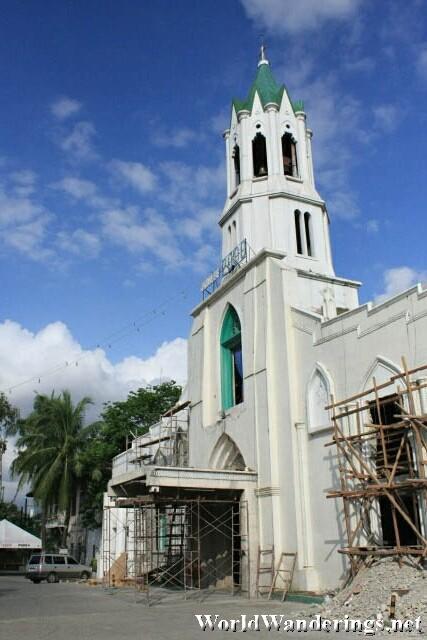
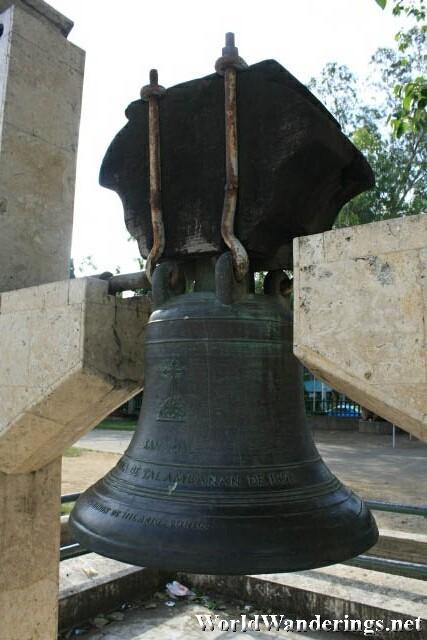
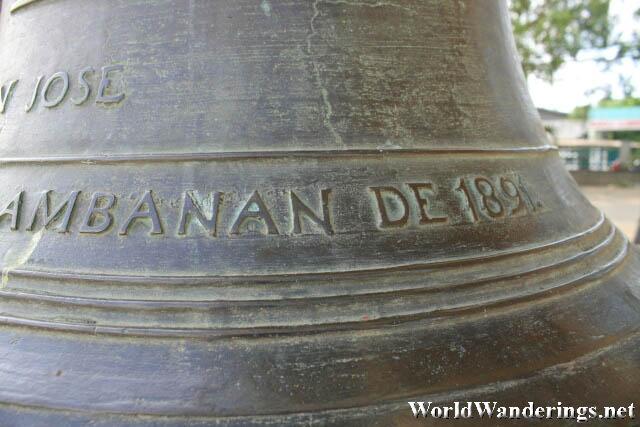
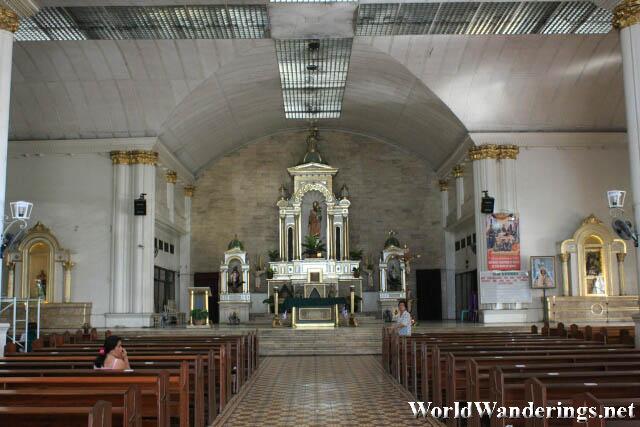
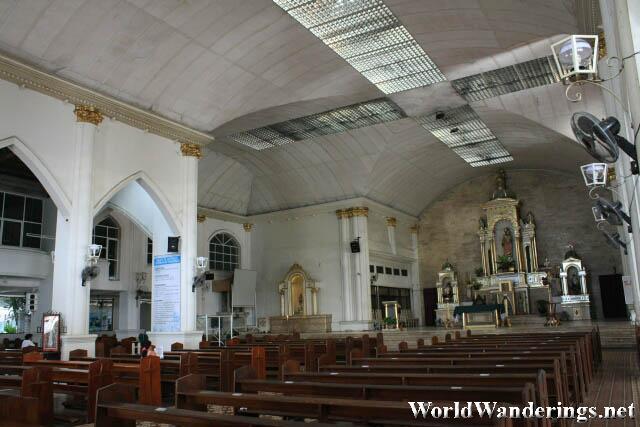
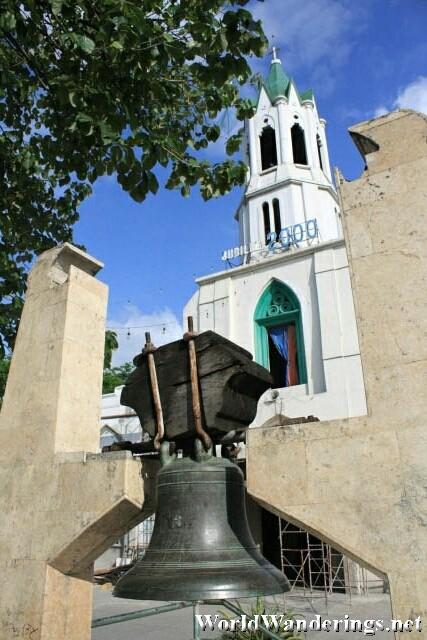
Churches all around the Philippines are worth visiting and appreciating the unique architecture. I hope more of the churches are renovated and maintained.